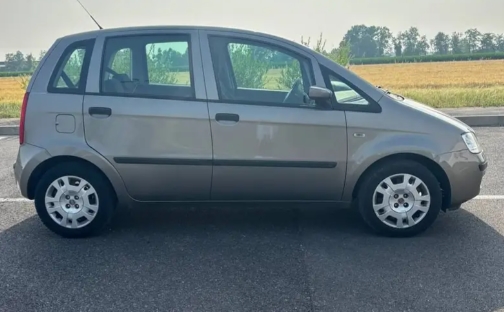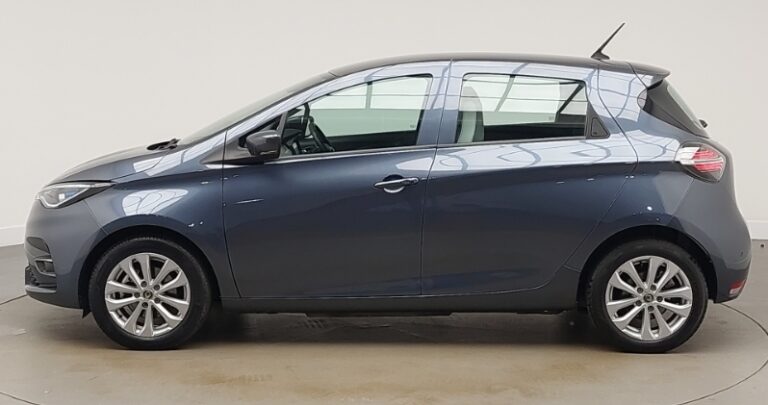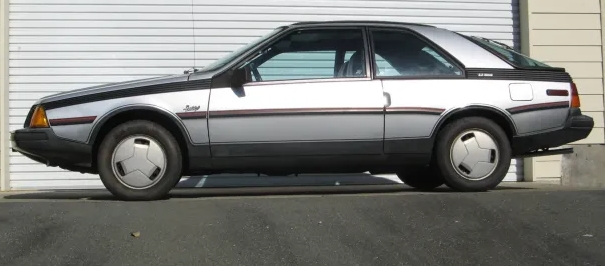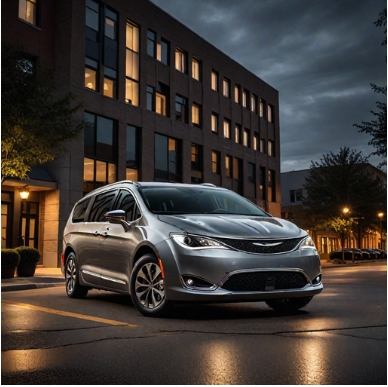The Evolution of the Fiat Idea
The Fiat Idea stands as a distinctive chapter in Fiat’s history, blending practicality with innovative design to cater to a diverse range of customers seeking versatility in a compact MPV. Launched in the early 2000s, the Fiat Idea’s development and evolution reflect changes in automotive trends, consumer preferences, and technological advancements over nearly a decade of production. This article traces the journey of the Fiat Idea from its inception to its discontinuation, detailing the models, trim levels, and key features across its lifespan.
Origins and Launch (2003)
The Fiat Idea was officially introduced in 2003, debuting at the Geneva Motor Show. It was developed as a small MPV aimed at urban families and young professionals seeking a functional yet stylish vehicle. The Idea was based on the Fiat Punto platform but featured a taller, more spacious body style, combining hatchback practicality with SUV-like versatility.
Design Philosophy:
- Compact size for city maneuverability
- Versatile interior with flexible seating arrangements
- Elevated driving position for better visibility
- Practicality-oriented features aimed at European and Latin American markets
Production Timeline
- Production Years: 2003–2012
- Manufacturing Locations: Italy (Turin), Brazil, and Argentina
- Global Markets: Primarily Europe, Latin America, and select other regions
The Fiat Idea was discontinued in 2012, after nearly a decade of serving as a practical urban MPV.
First Generation Fiat Idea (2003–2012)
The first-generation Fiat Idea was available throughout its production span with several updates, especially in the European and Latin American markets. The model was appreciated for its spacious interior, modular seating, and affordability.
Model Variants and Trim Levels
Throughout its production, the Fiat Idea was offered in various trim levels, often tailored to regional markets with different features and engine options.
European Market Trims
2003 Launch:
- Active: Base trim with essential features, manual windows, basic audio, steel wheels.
- Dynamic: Mid-range with power windows, upgraded audio, alloy wheels, and fog lights.
- Emotion: Top-tier trim offering leatherette seats, air conditioning, electric mirrors, and premium audio.
2007 Facelift:
In 2007, the Fiat Idea received a mid-cycle refresh, including styling updates and new equipment levels.
- Active: Entry-level with minimal features
- Dynamic: Improved equipment, including air conditioning, power windows
- Emotion: Fully equipped with leatherette seats, alloy wheels, and upgraded infotainment
Latin American Market Trims
The Latin American versions often featured a broader range of engines, with trim levels such as:
- ELX: Basic, with manual transmission, fabric seats, and manual windows.
- Stylight: Mid-range with power steering, upgraded audio, and alloy wheels.
- Way: The top trim, with additional features like air conditioning, electric windows, and sporty accents.
Engine and Mechanical Specifications
The Fiat Idea was offered with a variety of engines depending on the market and model year.
European Engines:
- 1.2L Fire Petrol: Economical, suitable for city driving.
- 1.4L Fire Petrol: Slightly more power, common in mid-range trims.
- 1.3L Multijet Diesel: Popular for fuel efficiency, especially in Europe.
Latin American Engines:
- 1.4L Fire Petrol: The primary engine, known for reliability.
- 1.8L Flex-Fuel: Capable of running on ethanol or gasoline, common in Brazil.
- 1.3L Multijet Diesel: Available in some markets.
Transmission options included 5-speed manual gearboxes, with some models offering automatic variants in certain markets.
Key Features and Innovations
Throughout its production run, the Fiat Idea incorporated several features aimed at increasing comfort, safety, and convenience:
- Flexible Seating: The rear seats could fold flat or be removed entirely for cargo flexibility.
- High Roofline: Improved headroom and ingress/egress ease.
- Wide Door Openings: Facilitated loading and unloading.
- Safety Features: Dual front airbags became standard in later models; anti-lock braking systems (ABS) were introduced on higher trims.
- Infotainment: Basic radios upgraded to CD players, with some models featuring MP3 compatibility and optional navigation systems in later years.
Special Editions and Regional Variants
Over its lifespan, the Fiat Idea also saw the release of several special editions and regional variants:
- Fiat Idea Adventure: An off-road-inspired version with increased ride height, rugged exterior styling, and protective cladding. Available mainly in Latin America.
- Fiat Idea Trekking: Sportier trims with unique exterior decals and interior accents.
- Limited Editions: Such as the “Sabbia” (beige) or “Lounge” trims, featuring unique upholstery and exterior colors.
.
THIS might be a great place to get your new car from!
Or for those who are into the “car flipping” business, here’s an excellent resource for you!

.
Market Performance and Discontinuation
The Fiat Idea enjoyed moderate success, especially in Latin America where its practicality suited local needs. In Europe, it was appreciated in niche markets but faced stiff competition from other small MPVs and hatchbacks. The rise of more modern and fuel-efficient models, along with tightening emissions standards, contributed to its phase-out.
By 2012, Fiat decided to discontinue the Idea, replacing it with newer models like the Fiat 500L, which aimed to offer similar versatility with updated styling and technology.
Legacy and Influence
Though no longer in production, the Fiat Idea remains a notable example of early 21st-century compact MPVs. Its emphasis on interior flexibility, urban practicality, and regional adaptability influenced subsequent Fiat models. The vehicle’s success in Latin America, in particular, demonstrated the importance of regional tailoring in automotive design.
Conclusion
The Fiat Idea’s evolution from its 2003 launch to its 2012 discontinuation reflects broader trends in the automotive industry, including the growing demand for versatile city cars, regional customization, and technological upgrades. Its range of models and trims catered to diverse markets, offering affordable, functional transportation with a focus on practicality and comfort. Today, the Fiat Idea stands as a testament to Fiat’s commitment to innovative urban mobility solutions during its production years.







